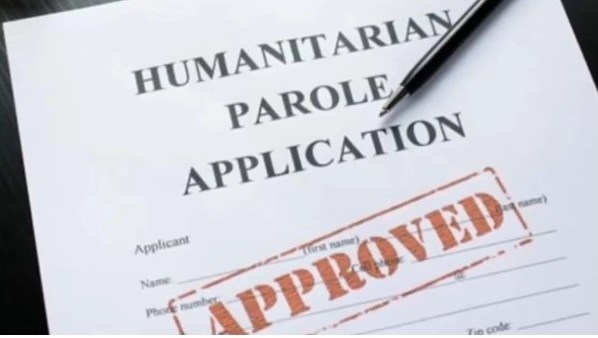Humanitarian Parole, the New Phase of Cuba’s Exodus

By Osmel Ramirez Alvarez
HAVANA TIMES – Cuba being a migrant country is one of the negative achievements of Fidel’s 1959 Revolution, which continues to this day, evolving into extreme socialism. There’s a reason approximately 20-25% of our people live abroad, where a significant group identify it as “exile”.
While migration has been constant, complicated by the fact that we are an island without land borders with other countries (except for the mined area neighboring the US Guantanamo Bay Naval Base), there have been infamous “mass exoduses”. Times of a higher, one-off or unbridled flow.
The Camarioca Exodus in 1965; the Mariel boatlift in 1980; the Rafter Crisis in 1994; and the current exodus via Central America/Mexico, which began in 2015 as a crisis given immigration uncertainty sparked by the Cuban-US thaw, which was only interrupted by COVID-19 pandemic restrictions.
By the end of this May, the number of Cubans who had benefitted from the US Humanitarian Parole Program was approximately 30,000, in the first five months after its implementation, according to information made public this weekend by Border and Immigration Patrol at the U.S. Department of Homeland Security. Another significant, but negligible number, given the high number of applications.
Humanitarian parole has been facilitated by the Biden Administration since January 6th this year, for Cubans, Nicaraguans, Venezuelans, and Haitians. It’s just a measure to try and relieve the pressure on its southern border from the overwhelming arrival of migrants from these four countries.
The first thing to point out is that on the subject of a sponsor, from a US standpoint, is very viable, as it frees the US Government of its responsibilities to the immigrant. Likewise, having a sponsor to get into the US, from a Cuban’s point is view, means that it isn’t directly linked to being persecuted or hurt by the Cuban regime, nor does it depend on anyone’s behavior, it’s just a privilege. Something random, disconnected from individual efforts. A kind of lottery, stroke of luck.
Ironically, with such an open and random description of “immigrant”, MININT officials, people loyal to the system, people who choose to remain neutral and even undercover agents can escape the “problem” more easily. There are loads of them living here with the dollars their relatives and friends send from abroad. It’s a lot easier than the vast majority of Cubans who have put their lives on the line fighting for democratic change.
It’s an obvious fact – which we can’t measure unfortunately – that in the US, there are more Cubans willing to sponsor people with no ties to the struggle for a Better Cuba, than opposition members, because the regime’s social control works both in Cuba and the US, prohibiting Cubans who make them uneasy from visiting Cuba. You can still be put on the “blacklist”, even if you’re living abroad. This kind of censorship works.
In fact, humanitarian parole is a great immigration gift for Cubans, and we can’t oppose something that benefits a lot of our fellow citizens and gives them the opportunity to leave this disaster behind. But it’s valid, and my duty, to point out that it is a completely random process.
It divides Cubans like an apartheid: if you are lucky or have the money to have a sponsor, you’re saved and can leave, just like having been born White or Black in South Africa before Mandela’s Government. The worst thing is that it doesn’t fill the gap left by the “Refugee Admissions Program”, as an escape valve for the real fighters for democracy, who face the Government’s repression to an unbearable extent.
In short, humanitarian parole is just a new, and twisted chapter in the current migration wave that began with the Ecuador-Central America-Mexico route in 2015. It has gone on much longer than previous waves and won’t end unless there’s a definitive solution to the problem, which is to bring about the democratic change Cuba needs.





